According to various speculations, Apple planned to put an OLED display in the iPad Air, i.e. a display of the kind of technology that iPhones now contain. But in the end he abandoned his plans. It will not even be fitted with a mini-LED technology display, which currently only the largest iPad Pro model has. But in the final, it doesn't have to be a problem. It's all about the price.
Apple states that its iPad Air has a 10,9" Liquid Retina display, i.e. a LED-backlit display with IPS technology. The resolution is then 2360 × 1640 at 264 pixels per inch. In comparison, the newly introduced iPad mini 6th generation has an 8,3" display also with LED backlighting and IPS technology and a resolution of 2266 x 1488 at 326 pixels per inch.
The current flagship is the 12,9" iPad Pro, which has a Liquid Retina XDR display with mini-LED backlighting, i.e. a 2D backlight system with 2 local dimming zones. Its resolution is 596 × 2732 at 2048 pixels per inch. He, like the new iPhone 264 Pro, will offer ProMotion technology.
It could be interest you

Price wise it doesn't make sense
But in this case, it is a professional device, the price of which starts at CZK 30, in contrast, the iPad Air costs CZK 990 in the basic configuration and the iPad mini costs CZK 16. If we were to consider that the Air model would get an OLED display, it would drastically increase its price, bringing it closer to the Pro model, whose 990" variant currently starts at CZK 14. And of course it wouldn't make sense to customers, why not buy a more technologically advanced and professional model.
Introducing iPad Pro with mini-LED display:
The news about this intention came from the renowned analyst Ming-Chi Kuo, who, according to the website, has AppleTrack 74,6% success rate of their predictions. He also mentions that Apple was concerned about the quality of such a large OLED panel. In contrast, the company has already tested mini-LED technology. However, fitting it to the iPad Air would mean an "unnecessary promotion" of the model intended for the middle class.
It could be interest you
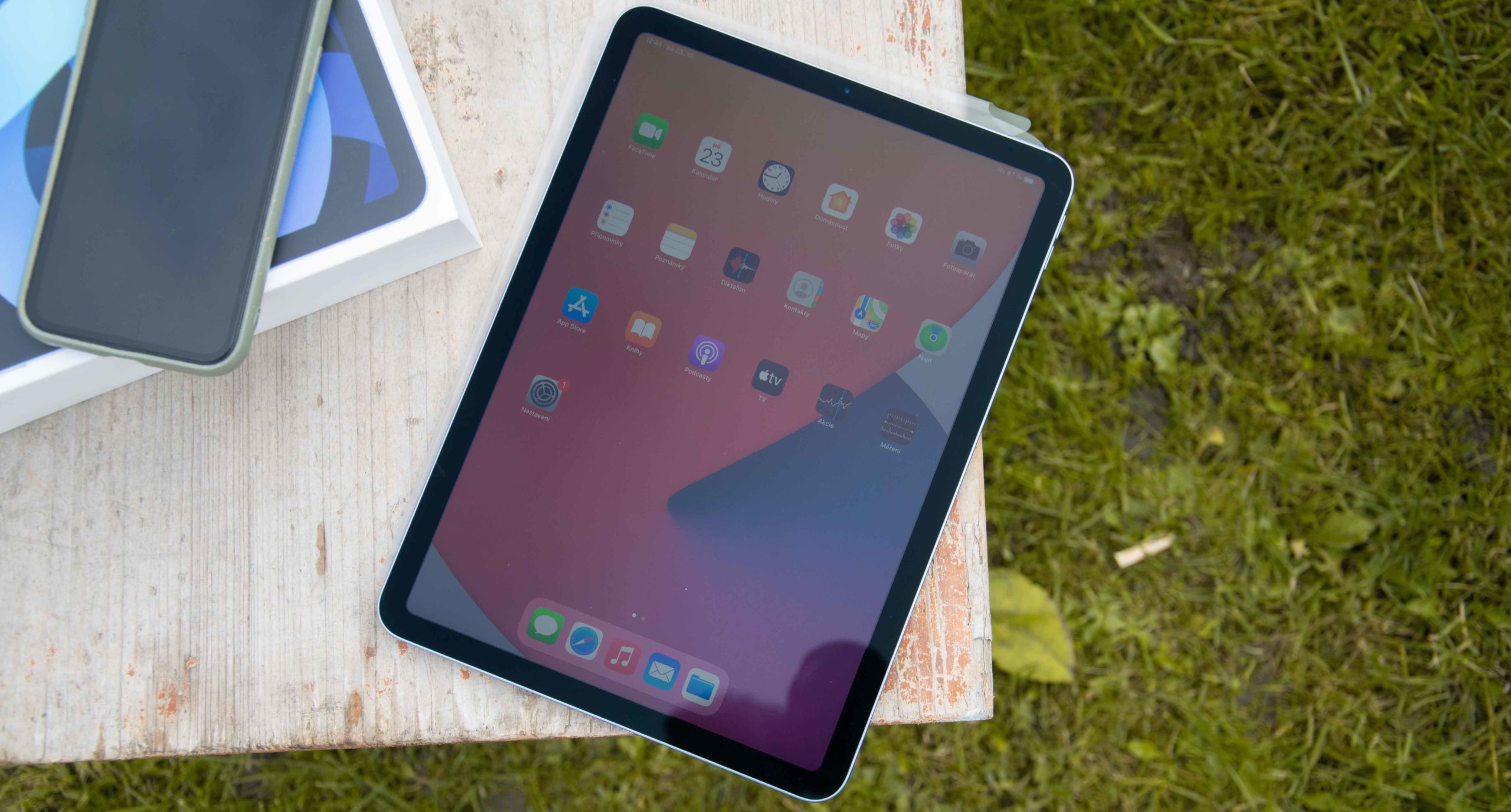
Differences between OLED and mini-LED
We will not see OLED panels in any of the iPads at the moment. Instead, next year, all newly introduced iPad Pros will have a mini-LED display, while the mini and Air models will continue to retain their LCDs. It's a shame, because the LCD display is the most demanding on the device's battery out of all the ones mentioned. The OLED panel can display black as black - simply because the pixels on which the color black is simply turned off. Each pixel here is its own light source. E.g. in iPhones with an OLED display and a dark mode, you can effectively save the device's battery.
The mini-LED then lights up the pixels by zone depending on where some content is displayed, and leaves the other zones off – thus these zones do not need backlighting and thus do not drain battery power. It is therefore a kind of intermediate step between LCD and OLED. But it has one drawback, which makes artifacts possible, especially around dark objects. The more zones are included in the display, the more this is eliminated. Even though the 12,9" iPad Pro has 2, there is a noticeable "halo" effect around the company's logo, for example, when starting the system.
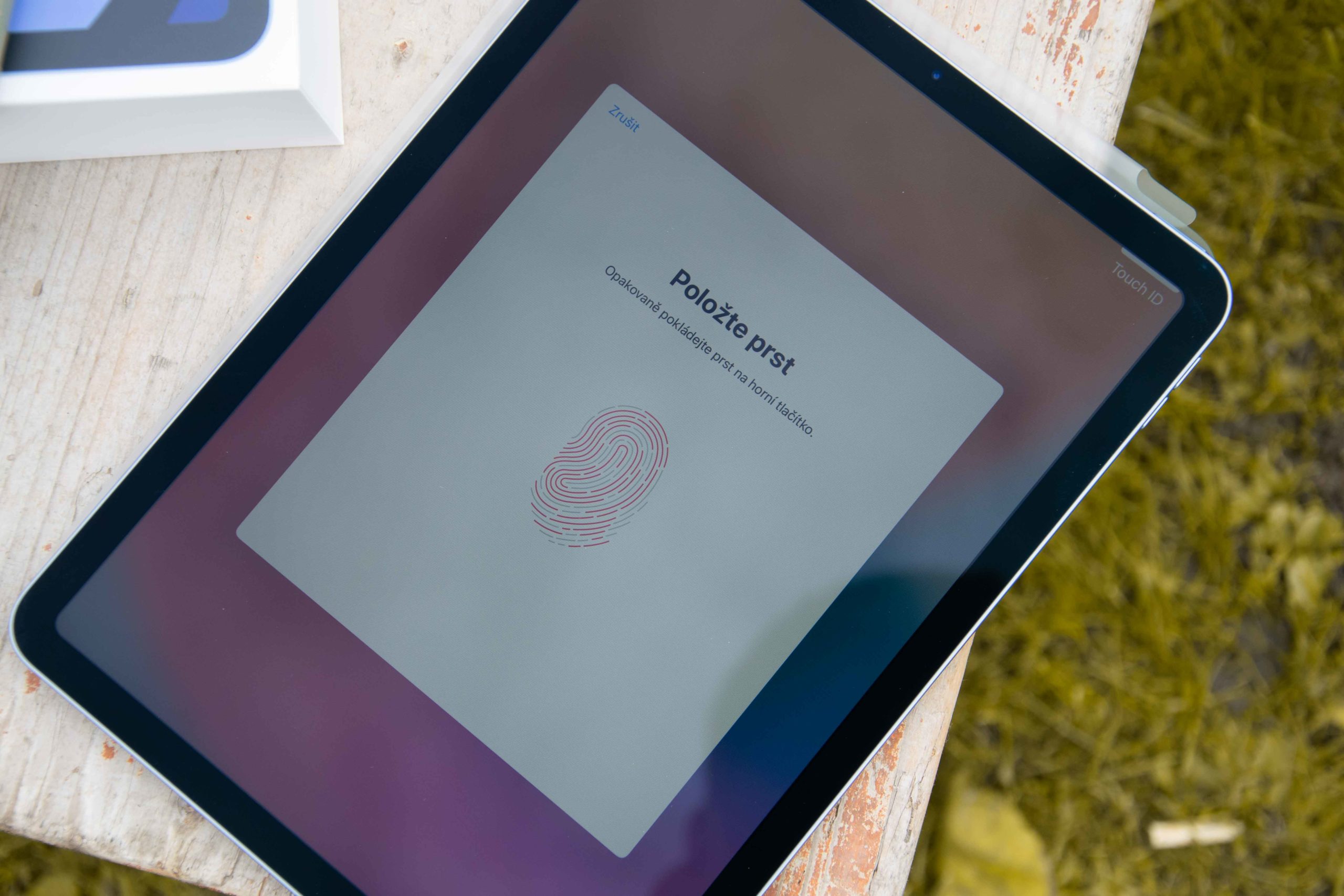
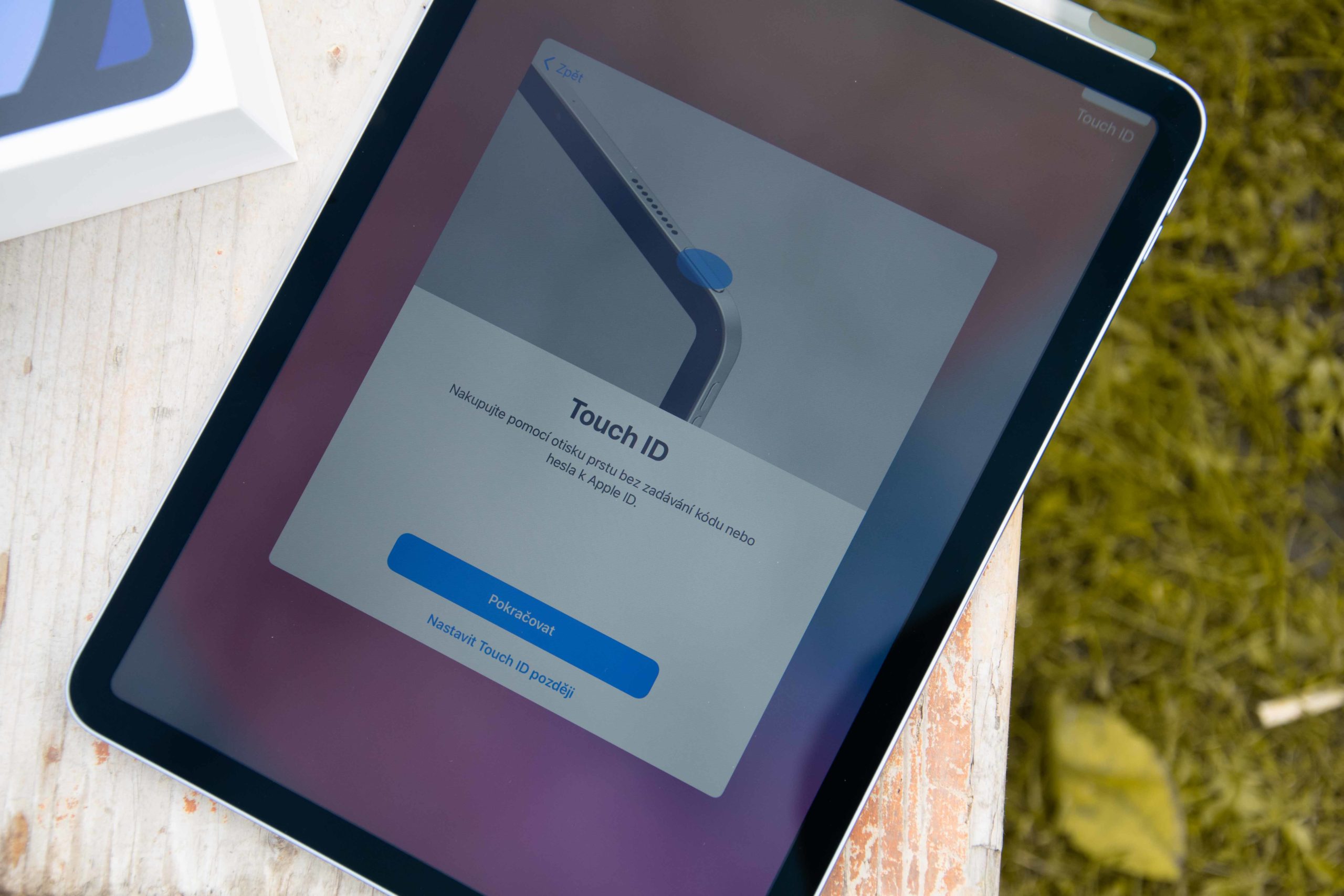
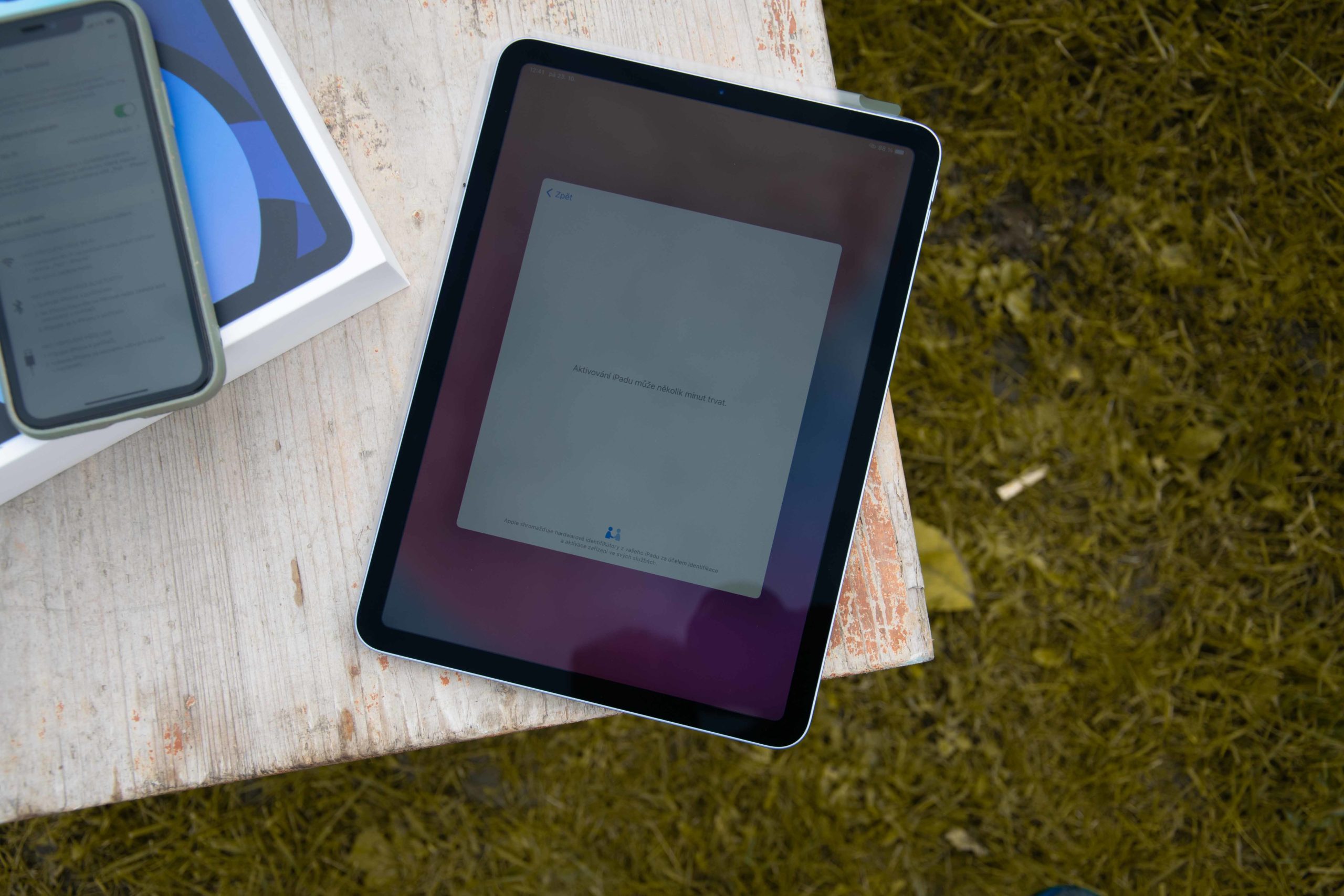
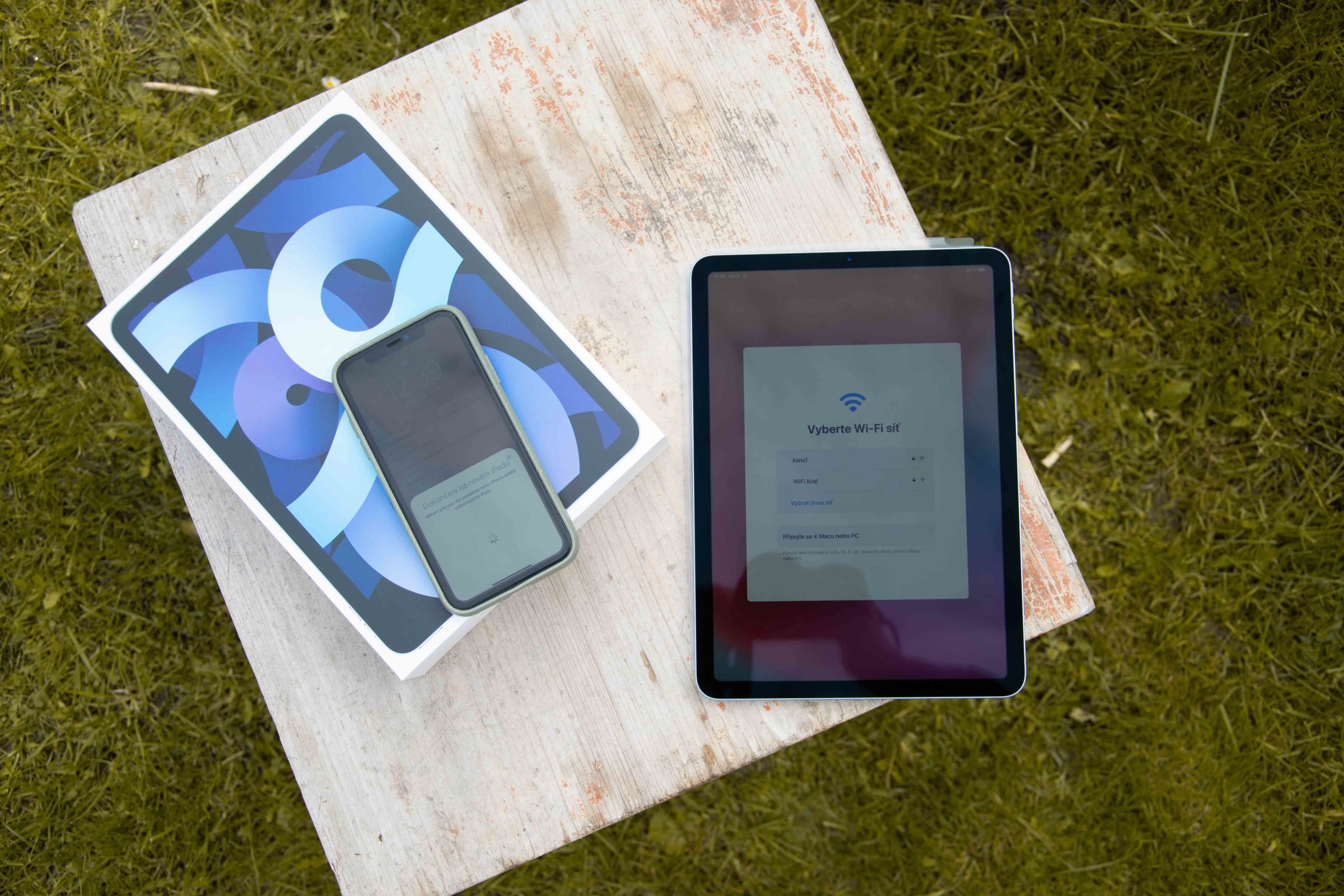
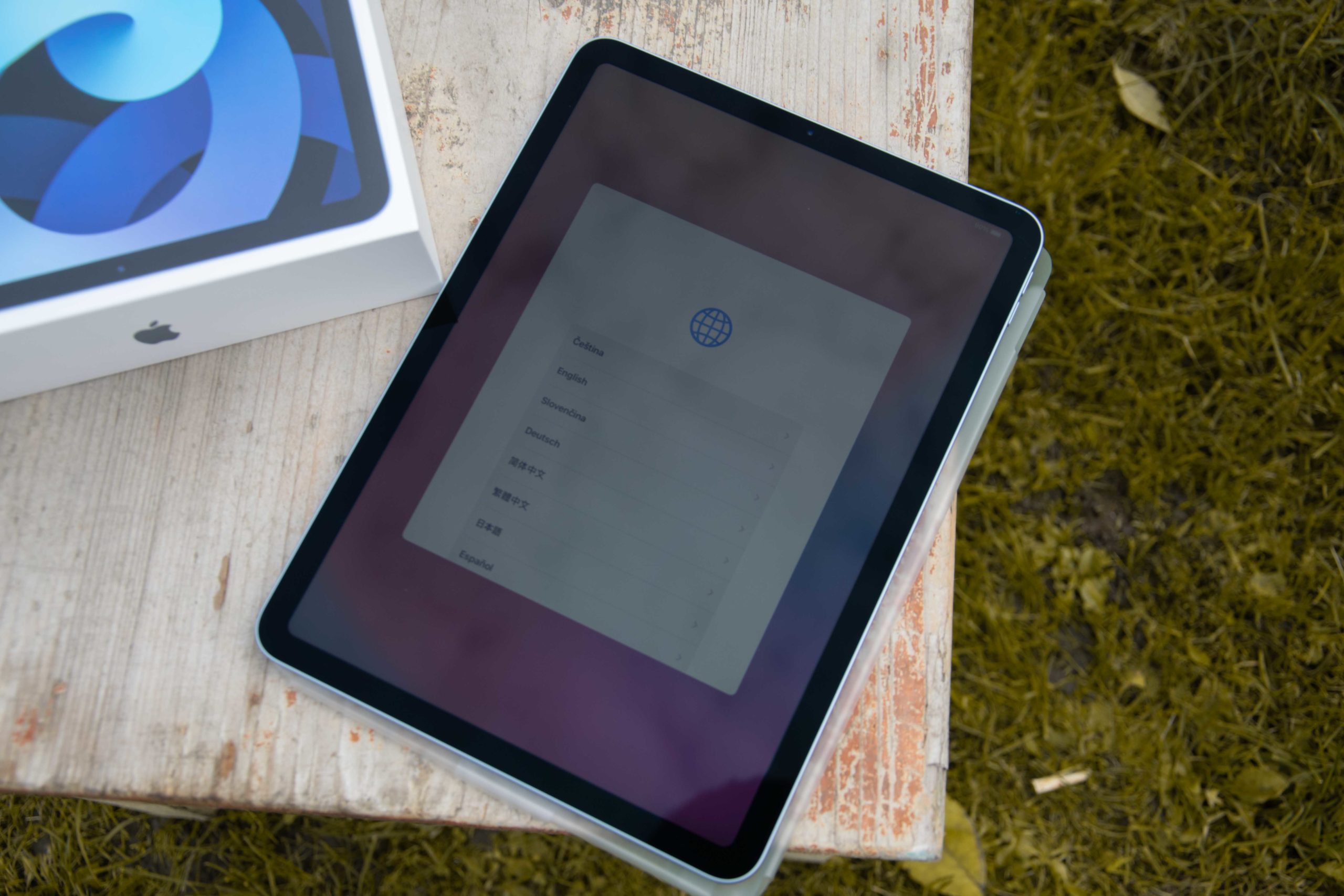
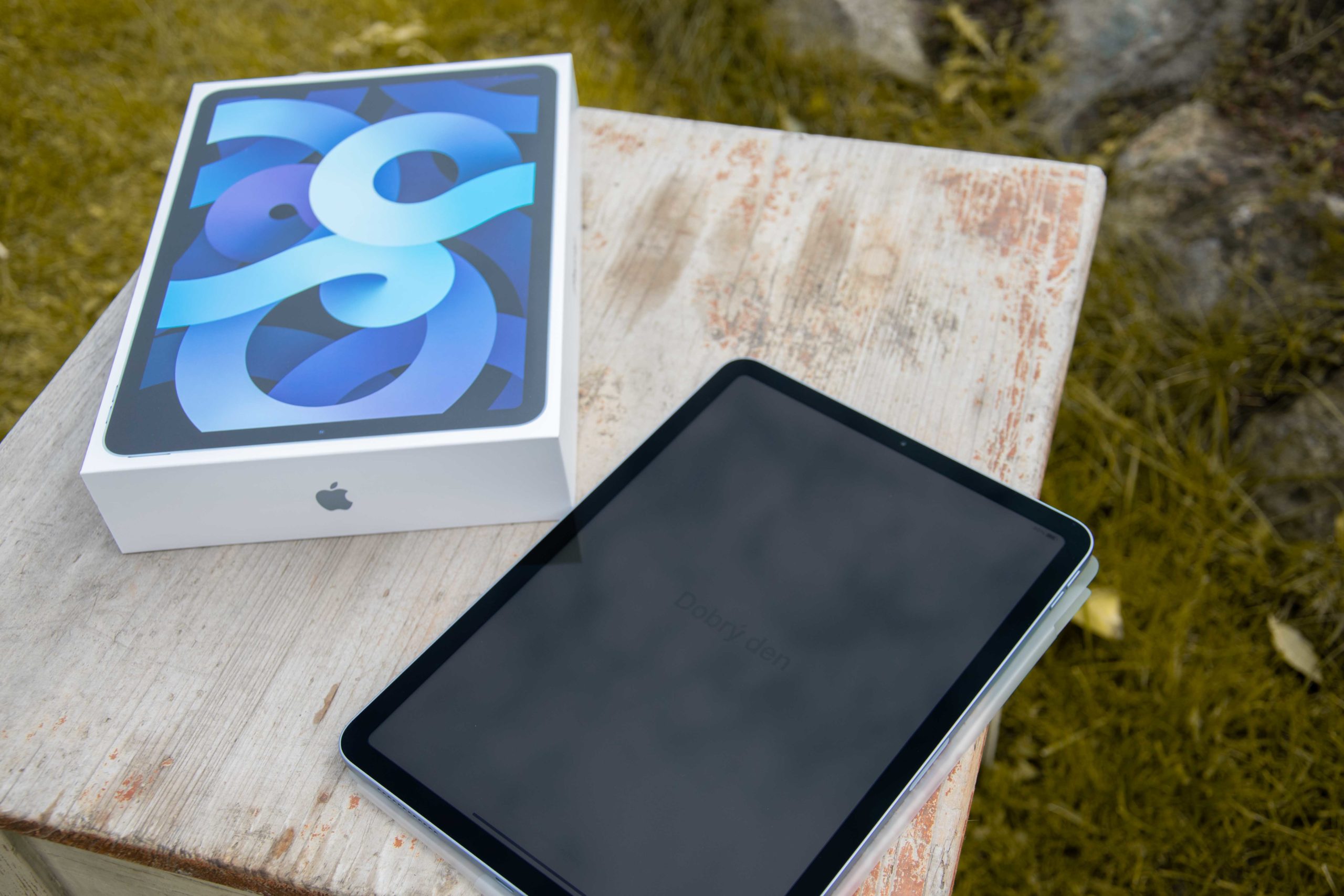
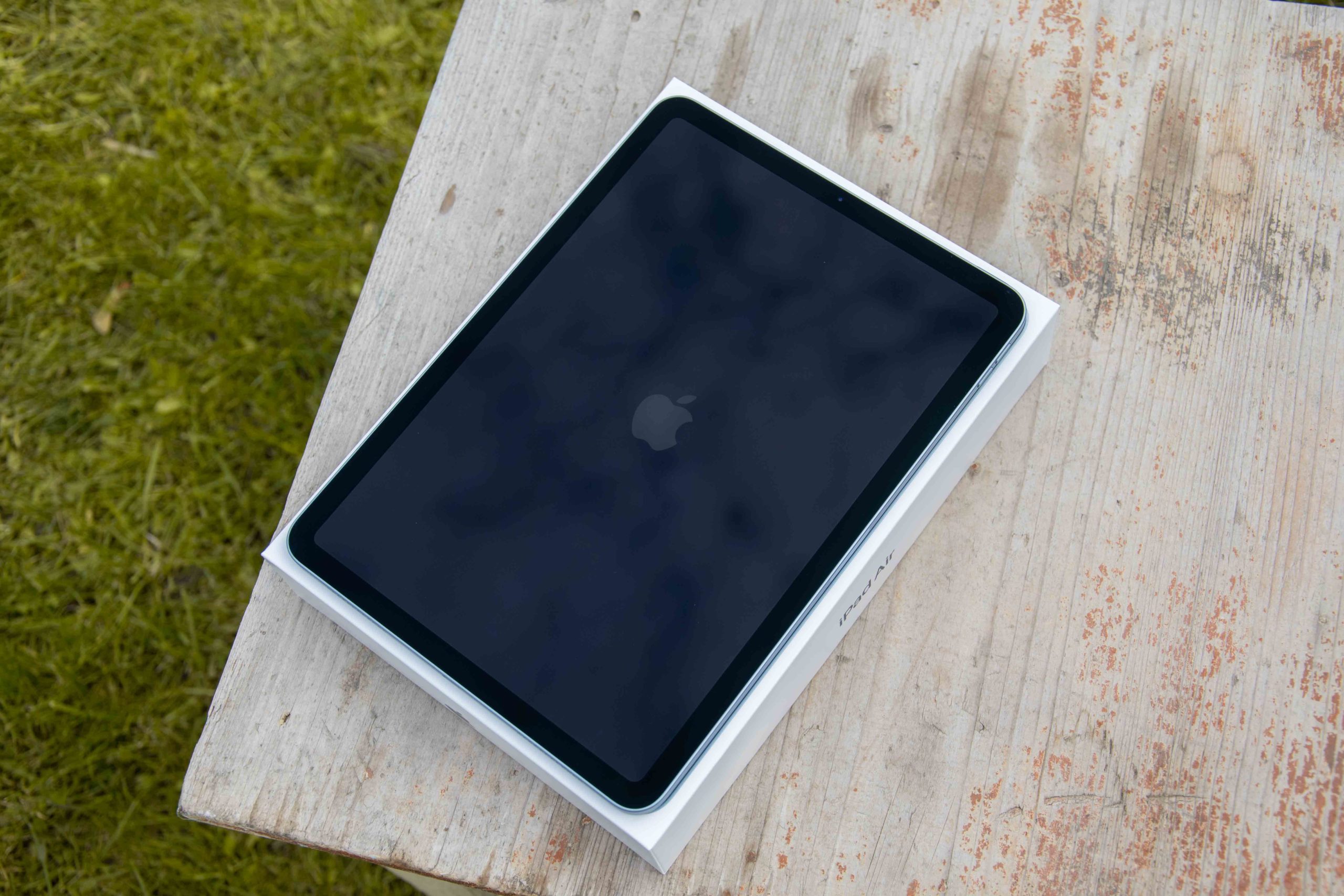
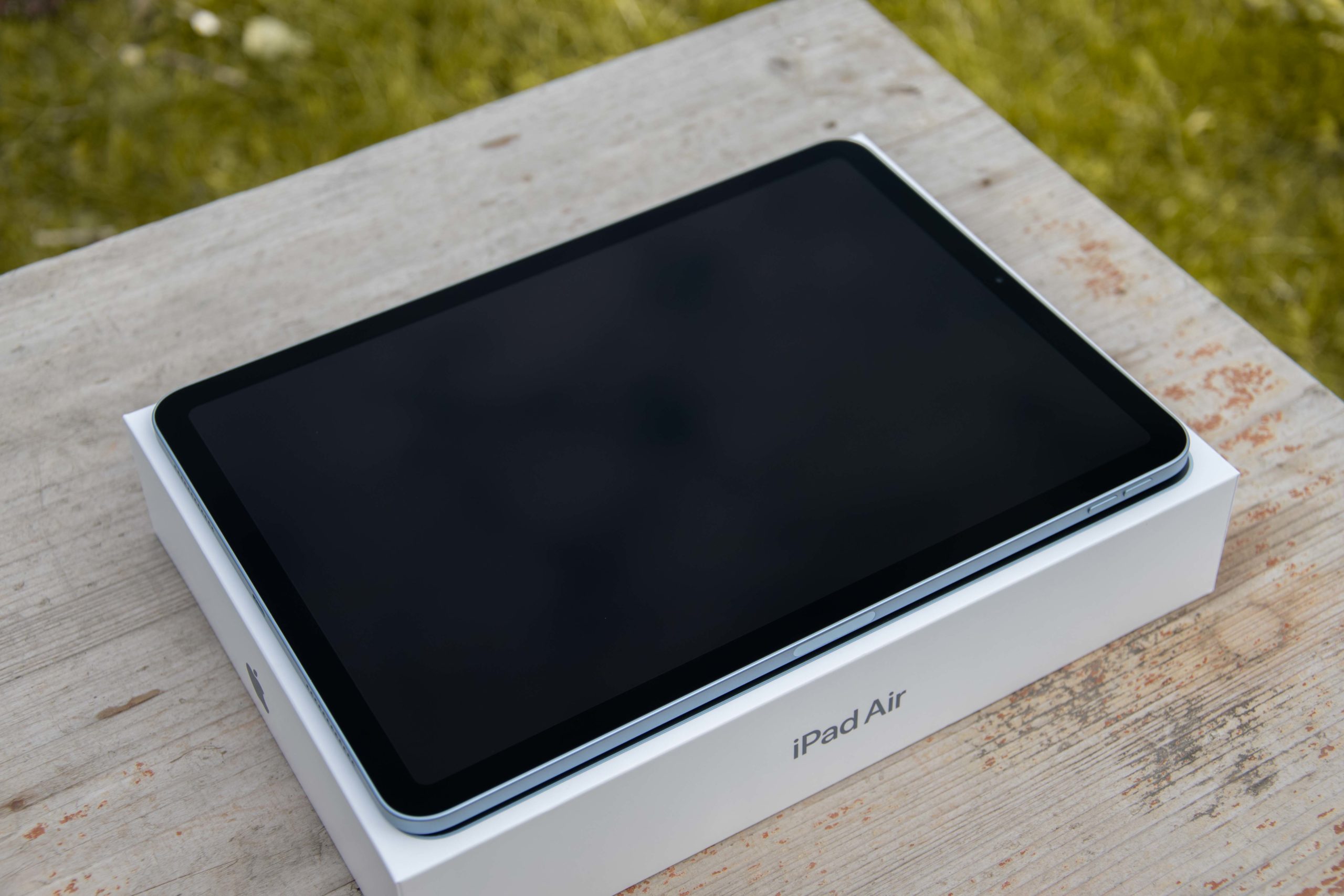
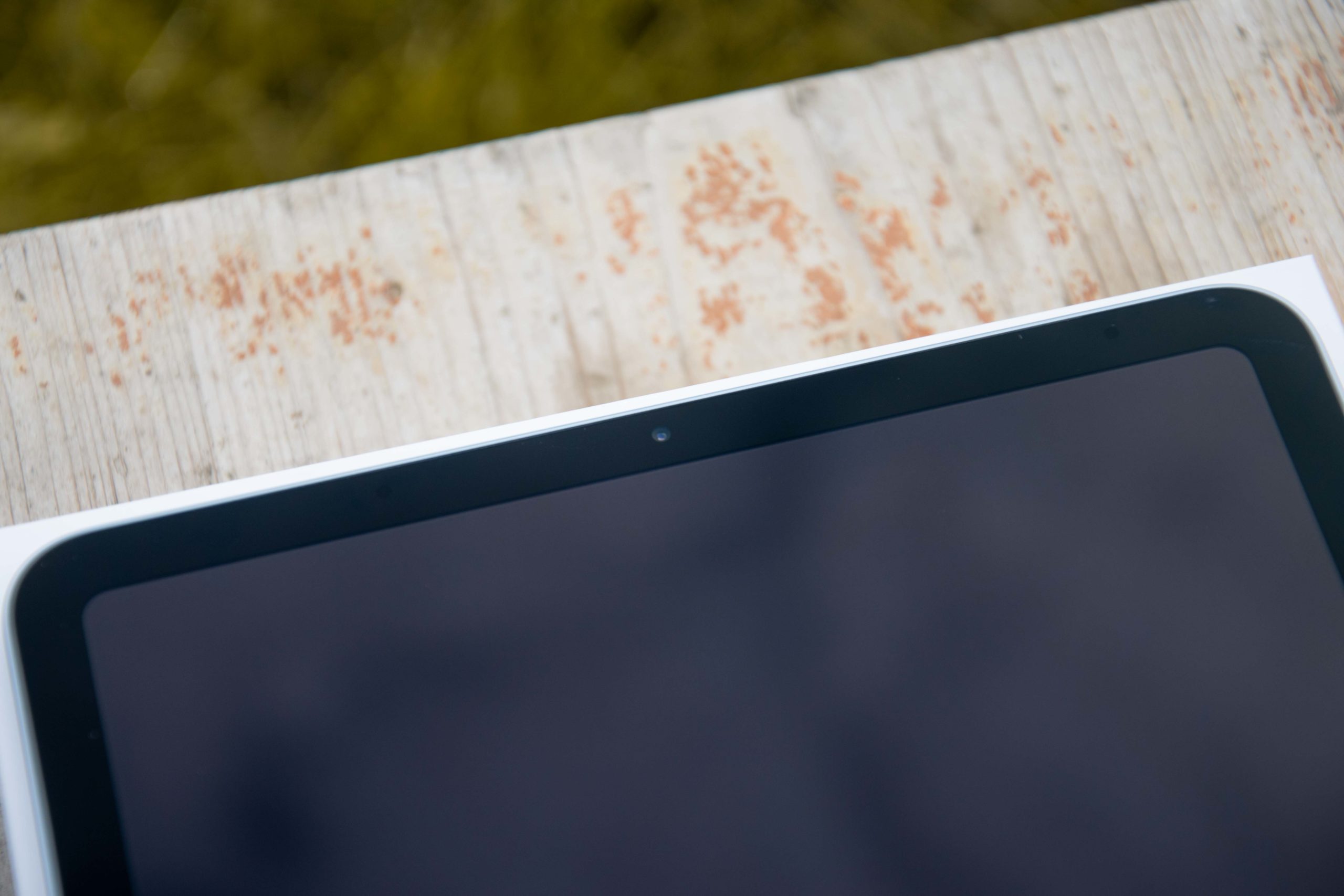
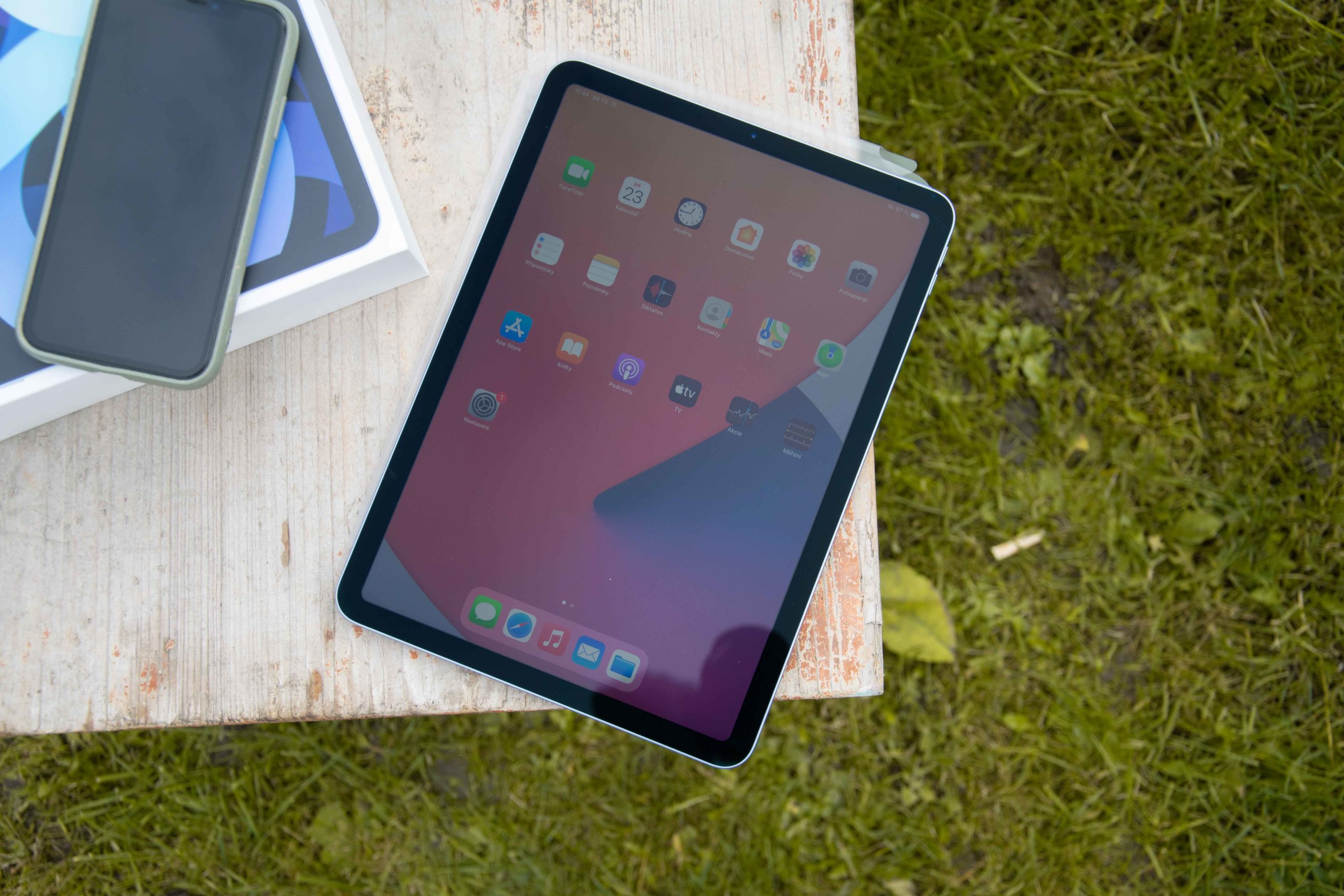
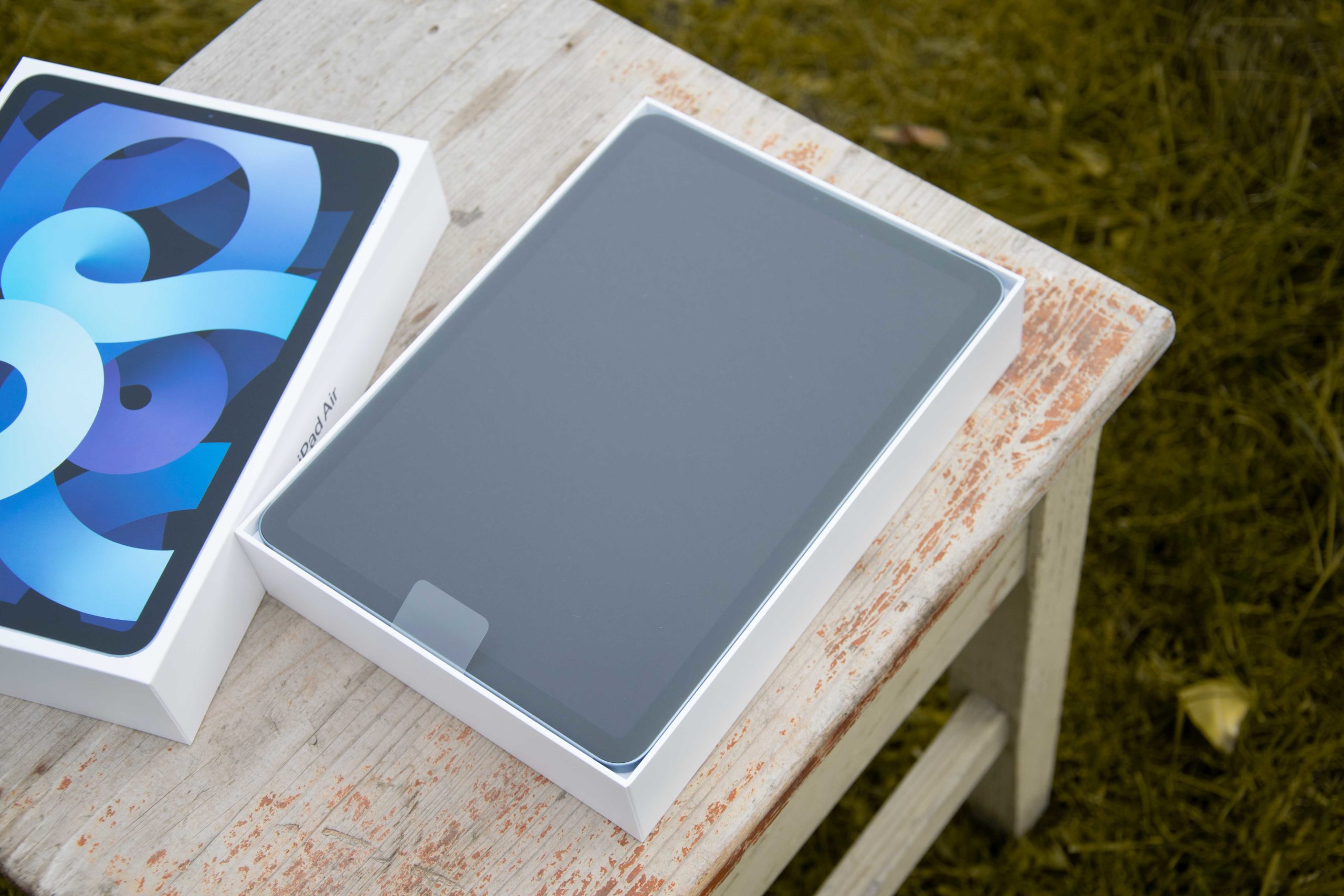

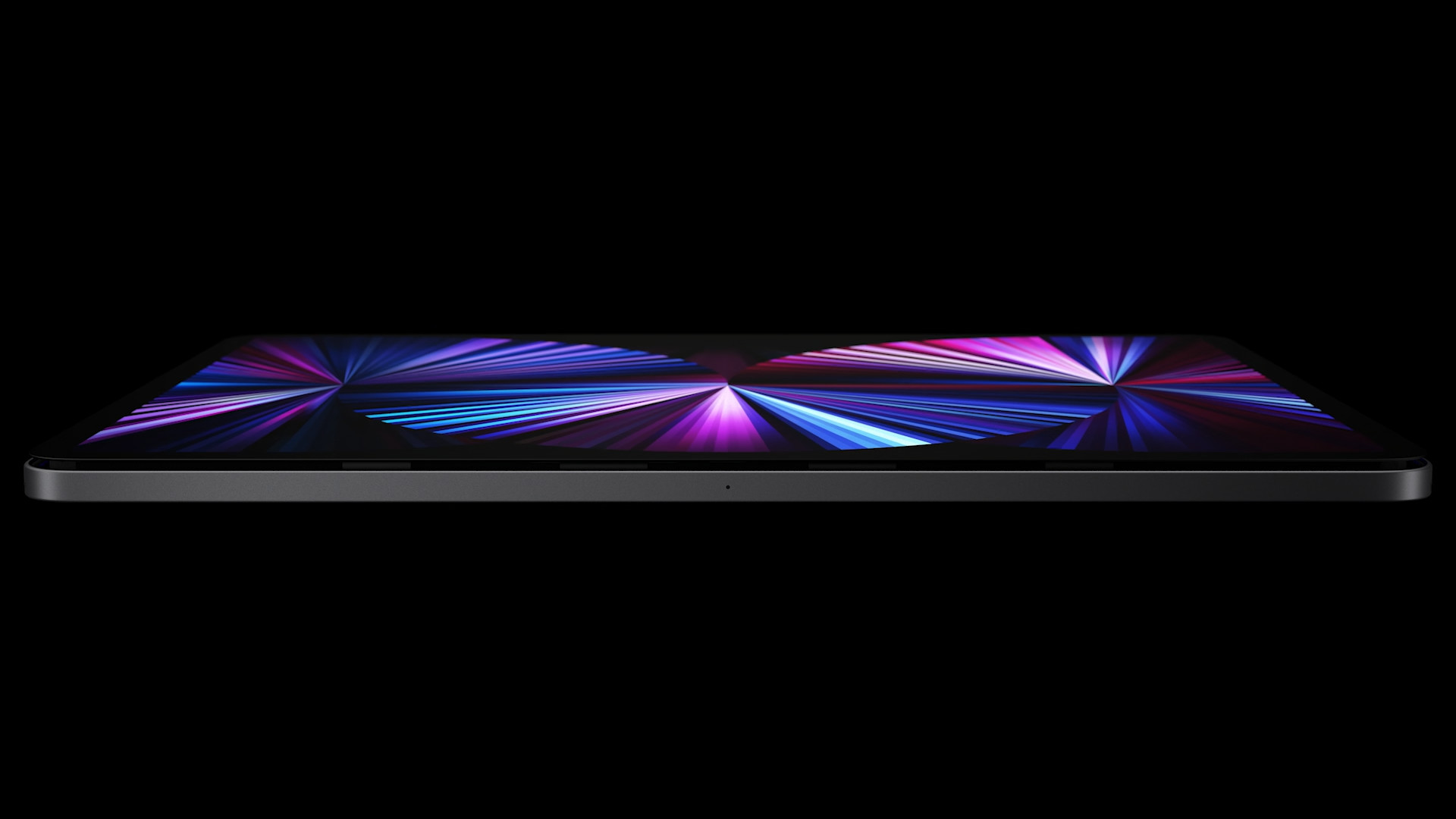
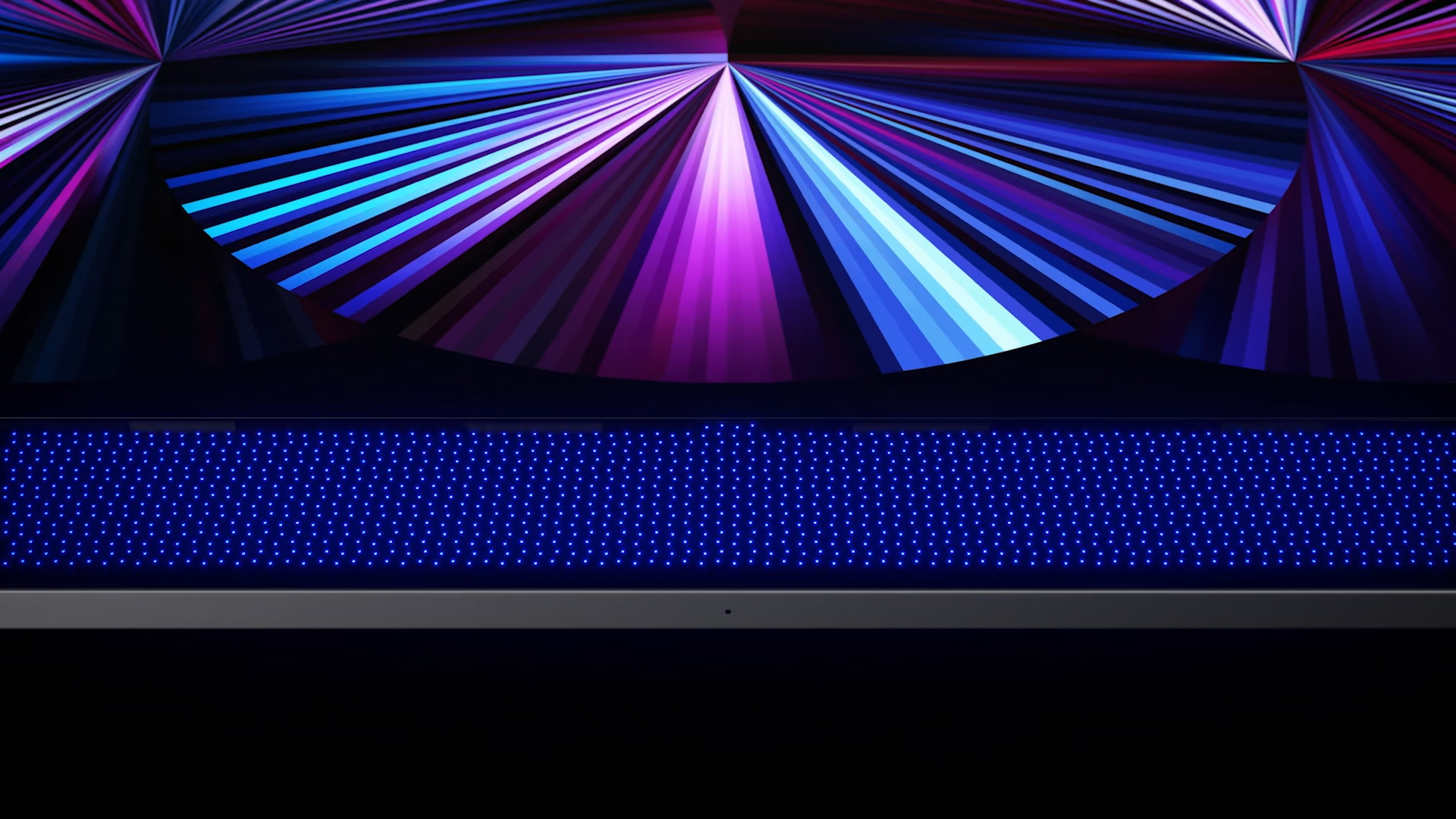
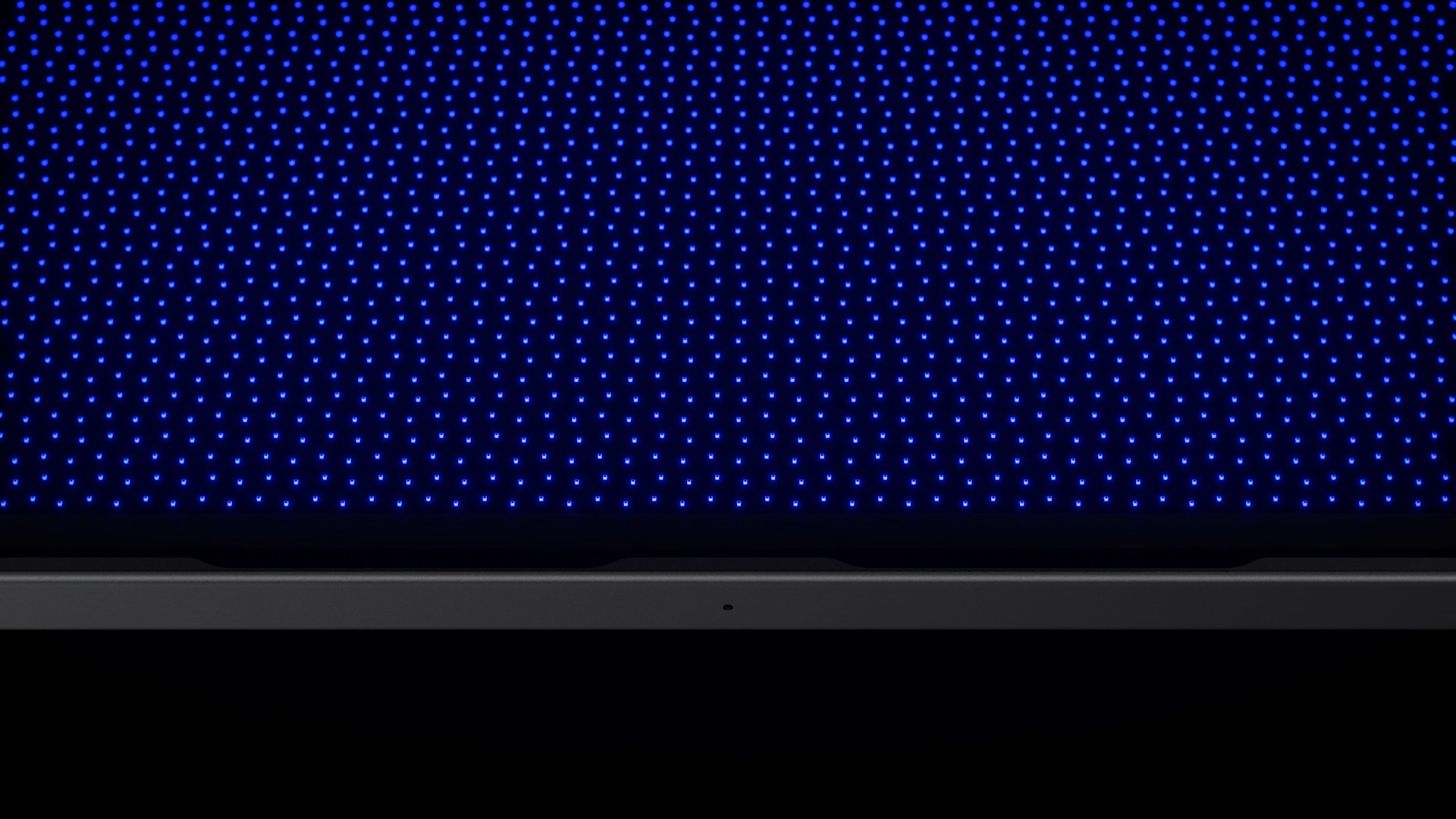

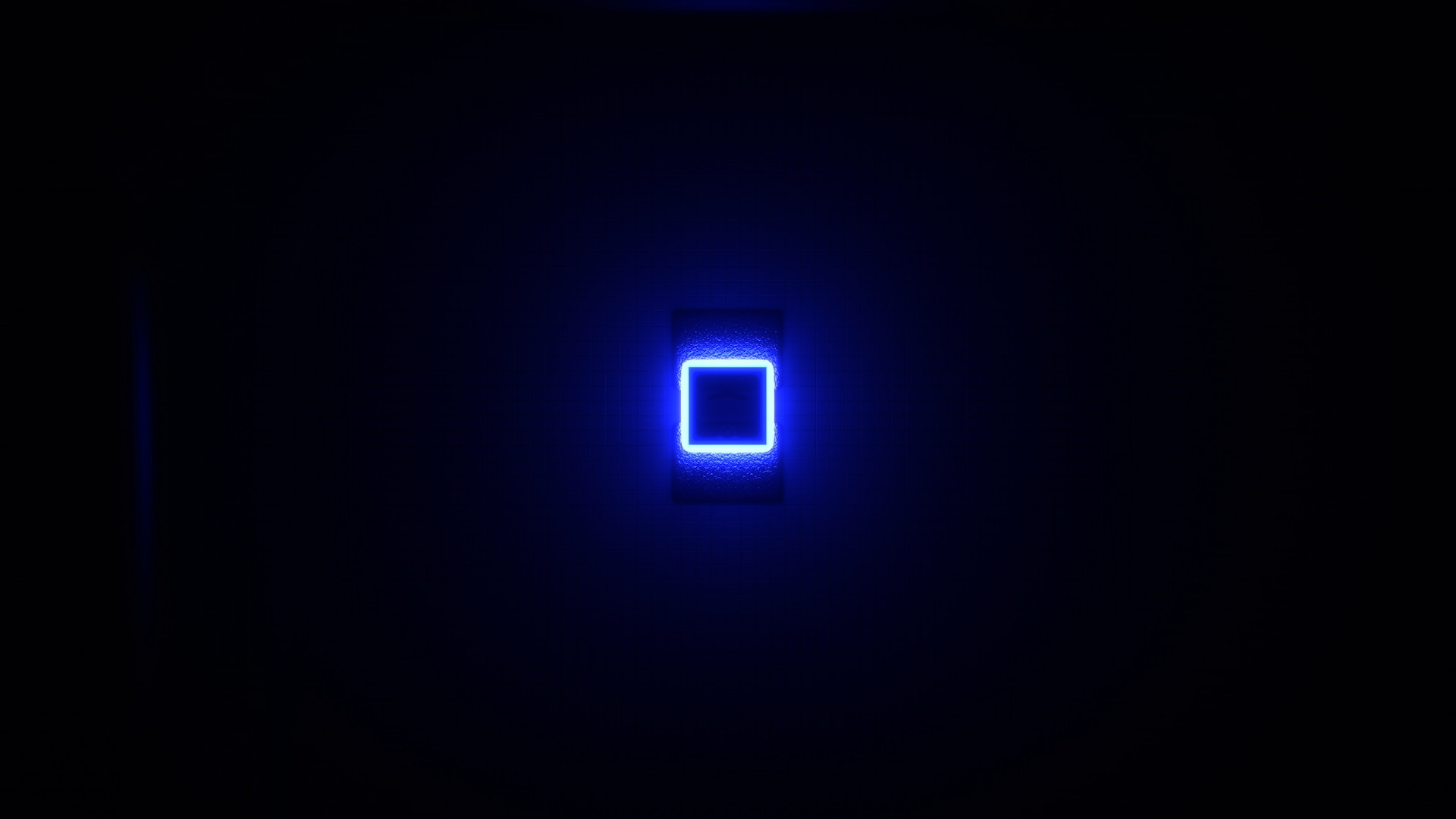
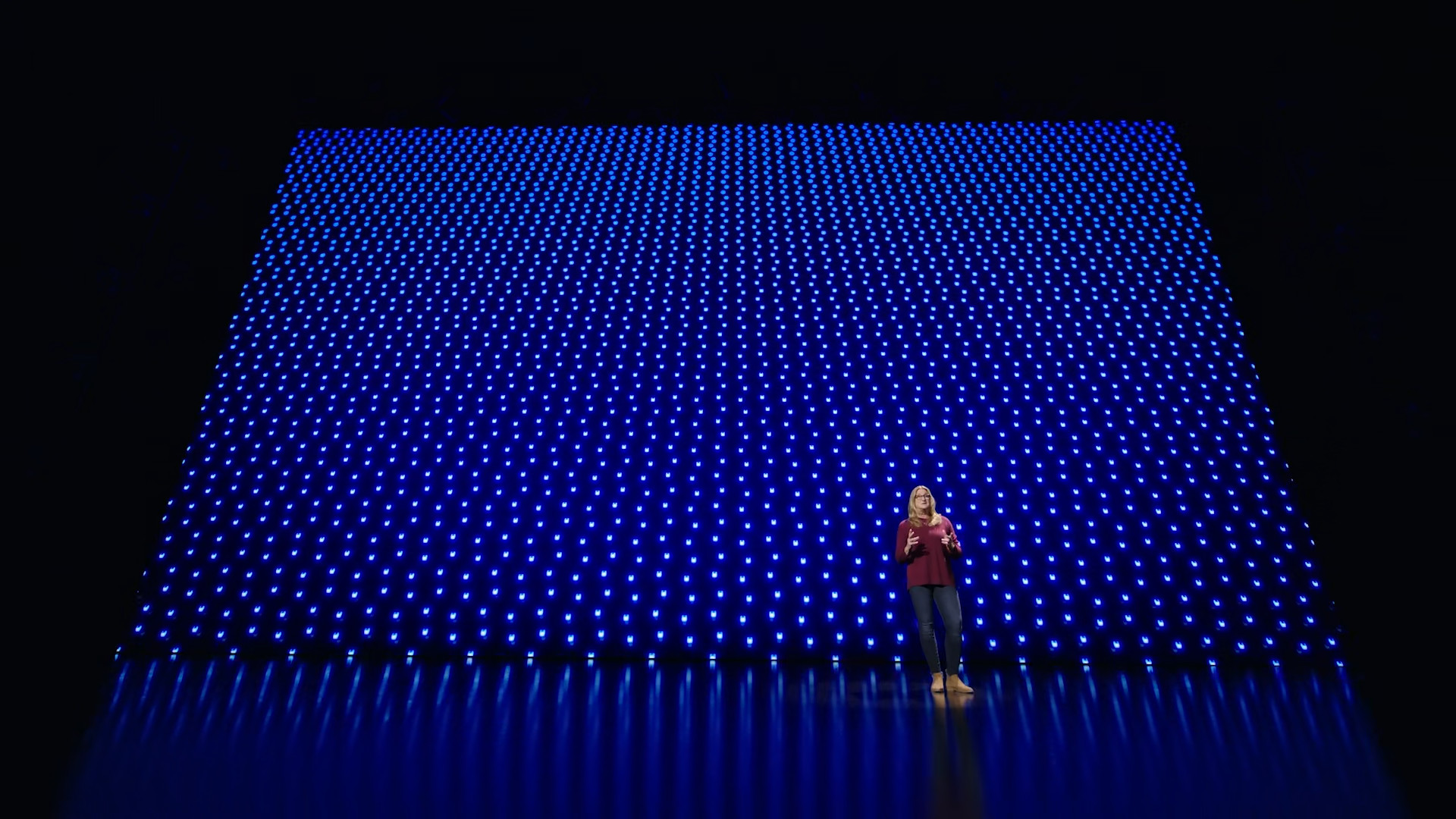
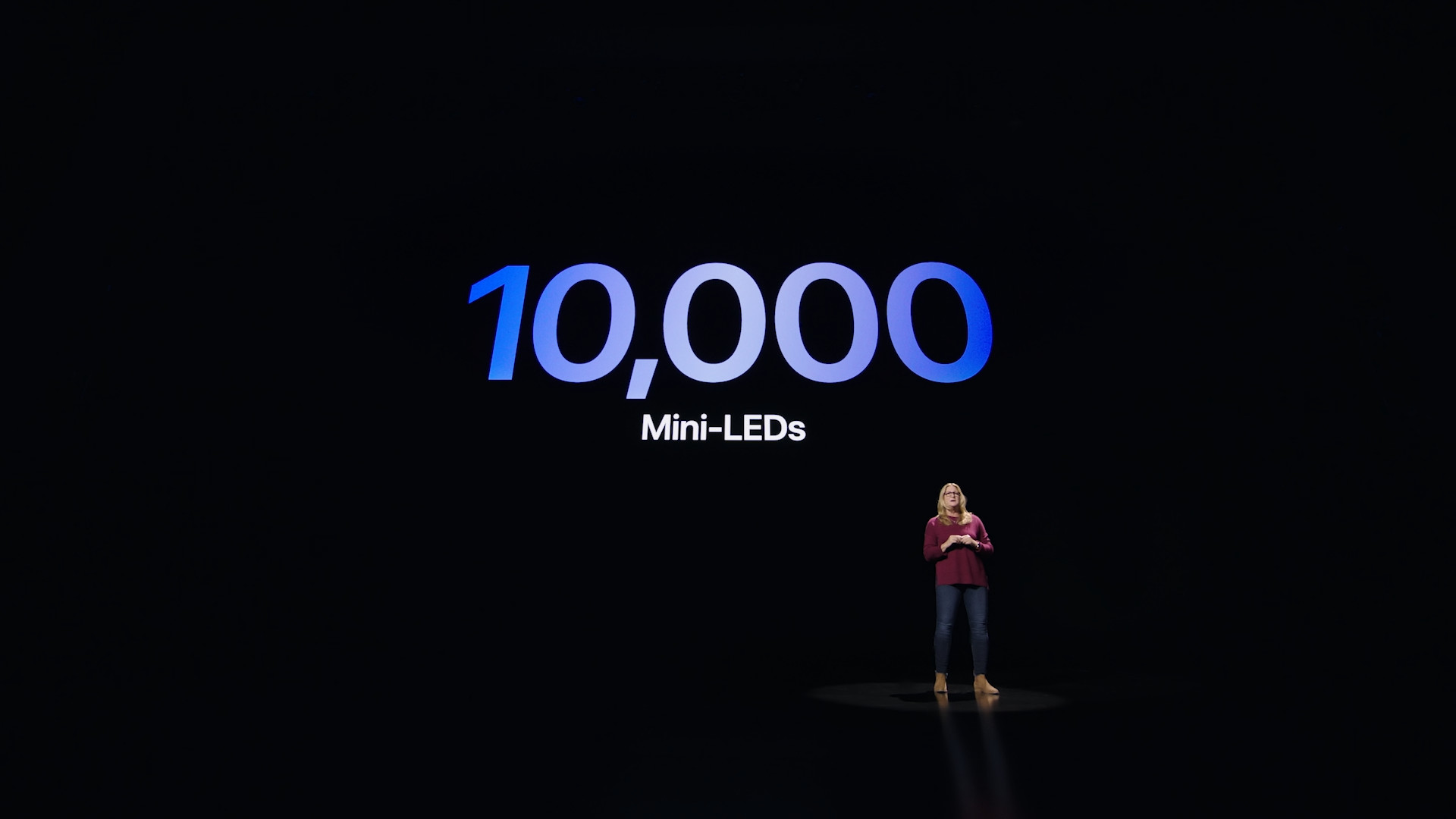
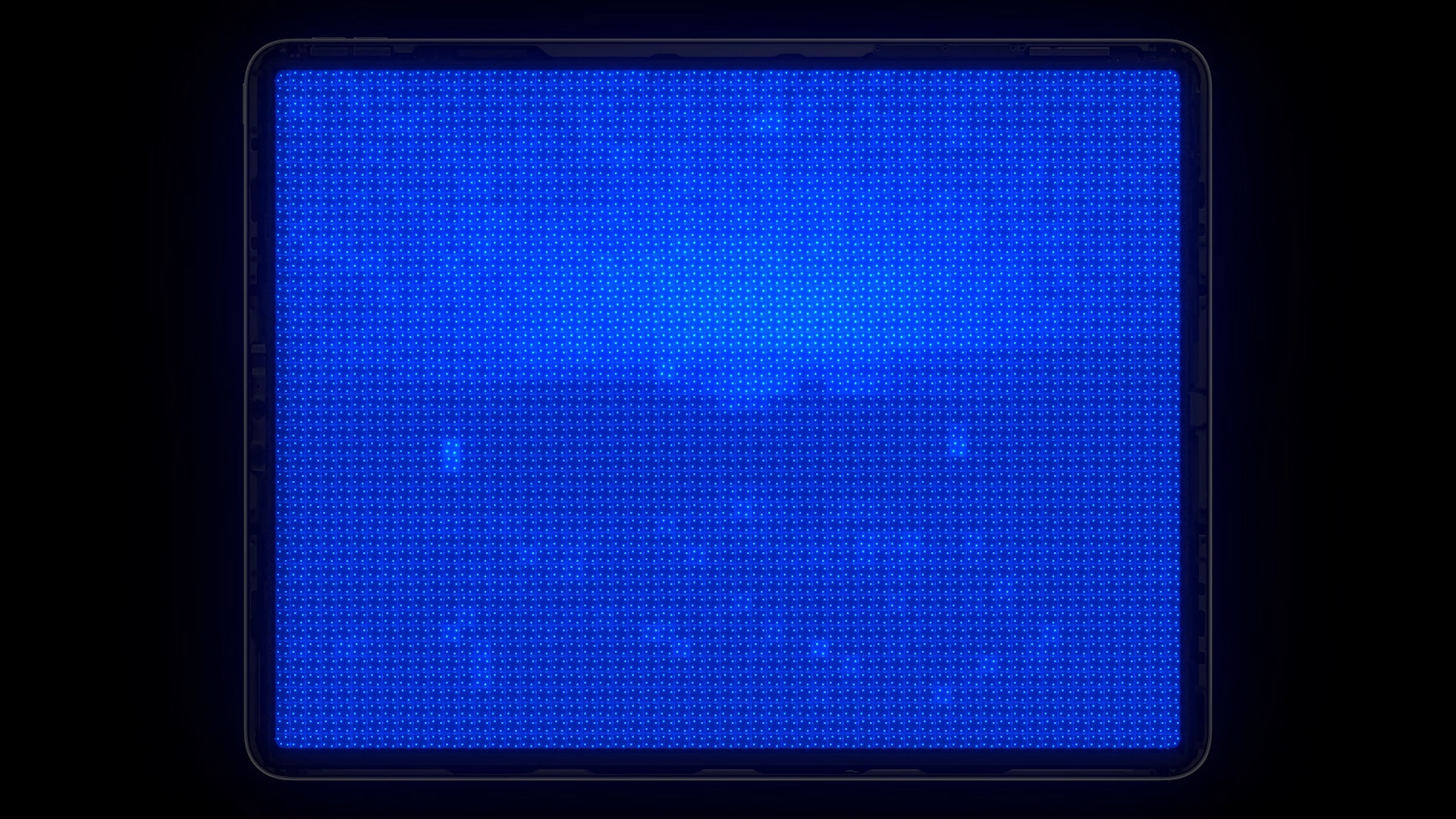
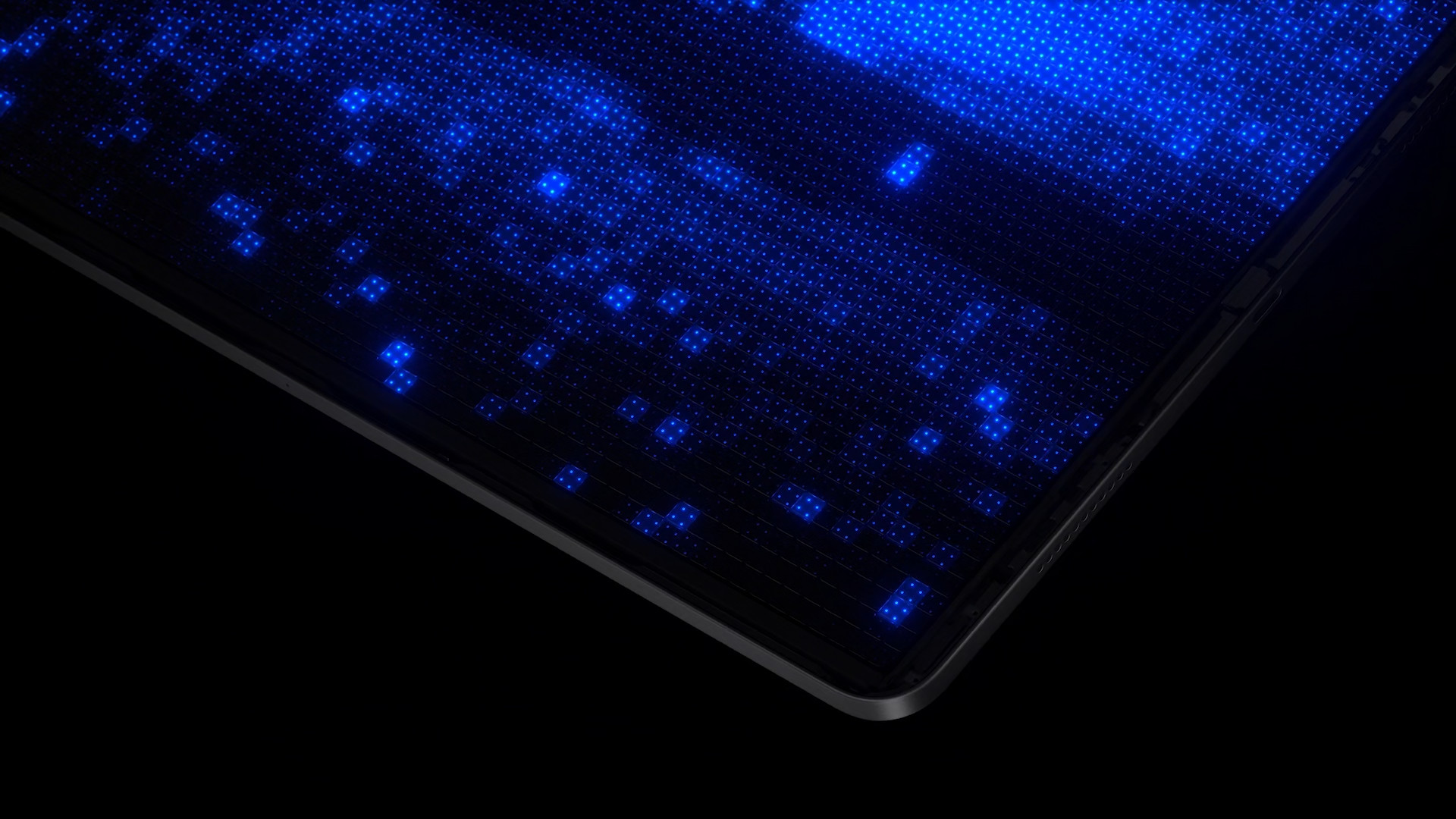
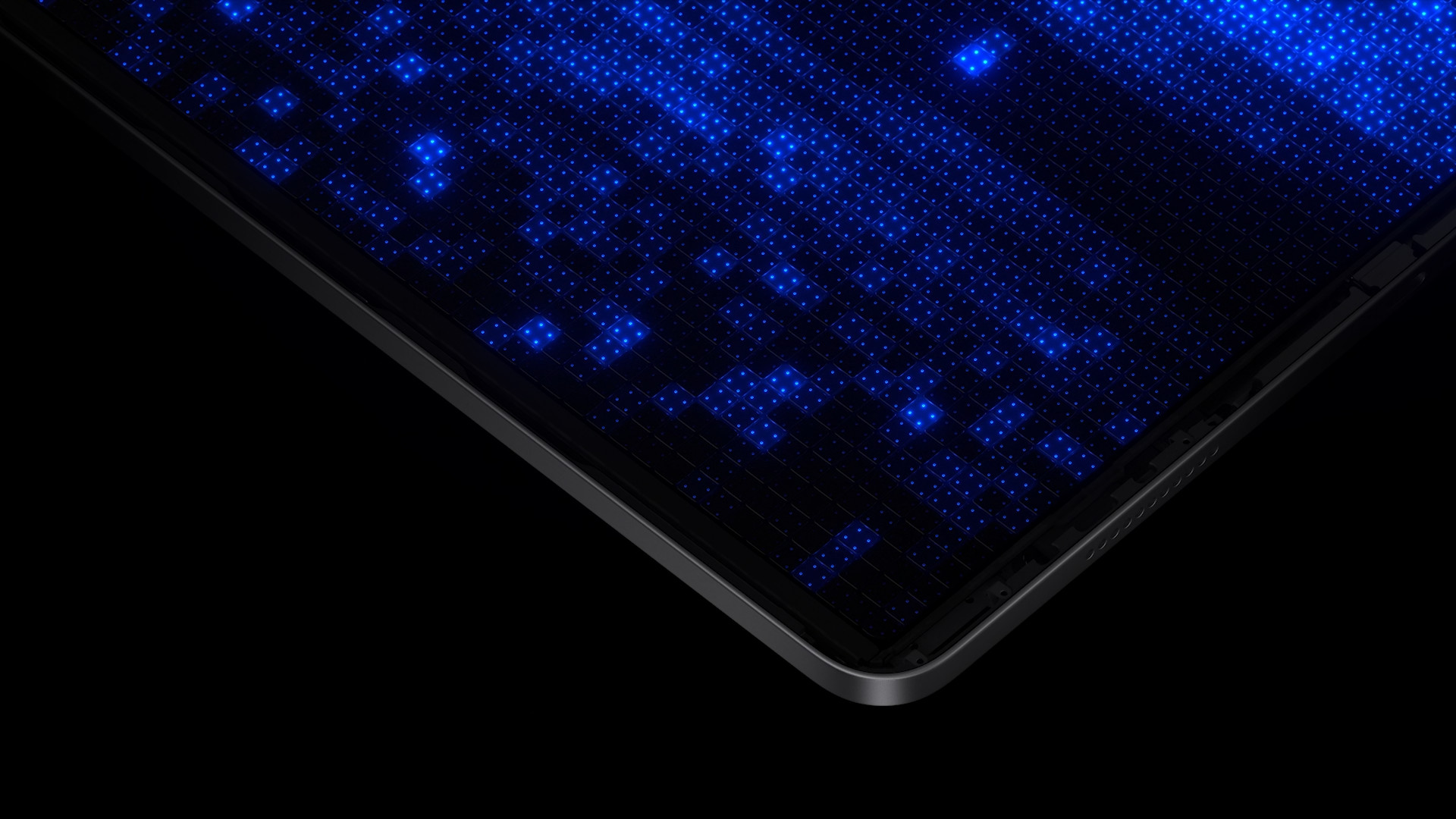
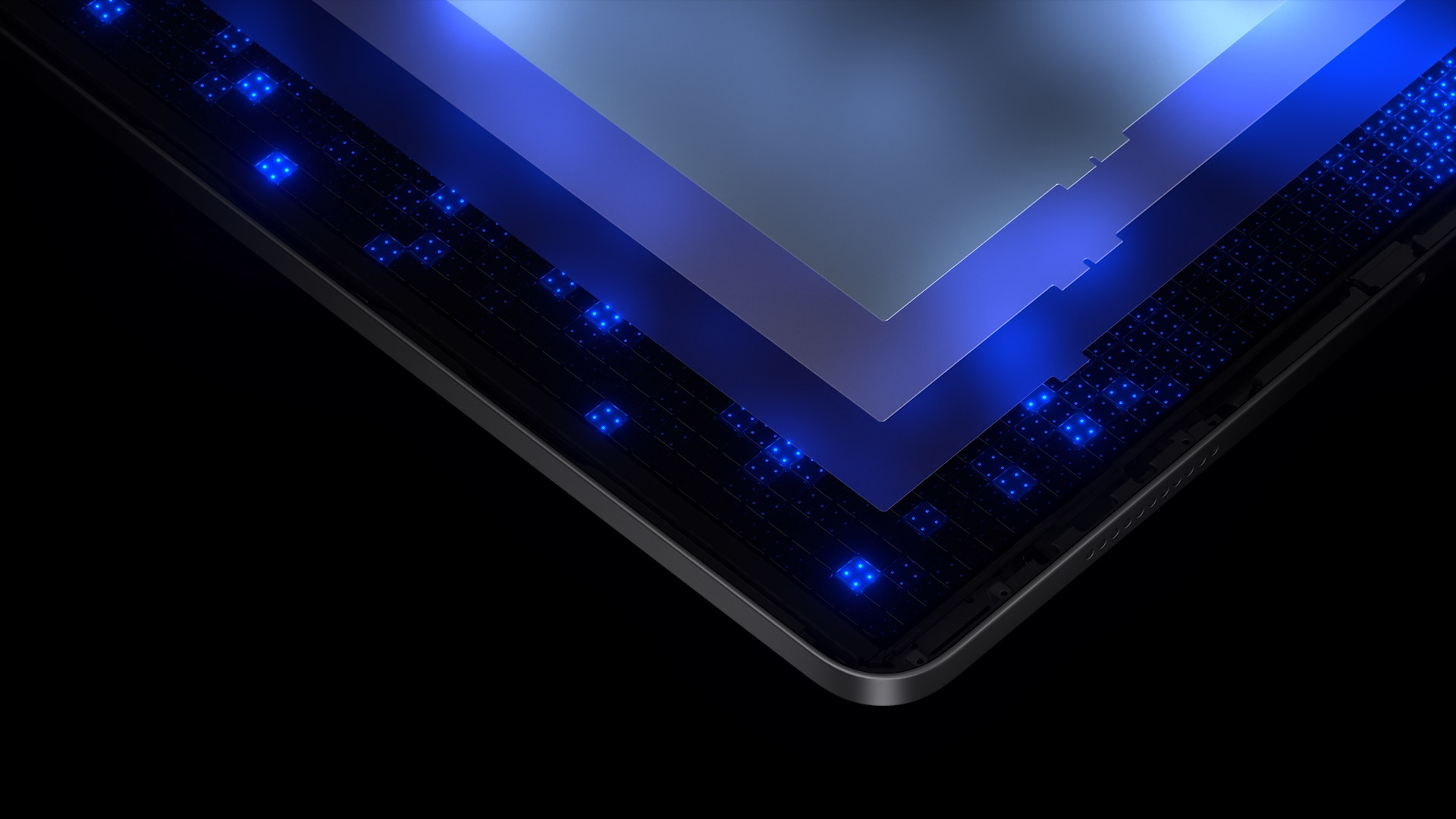

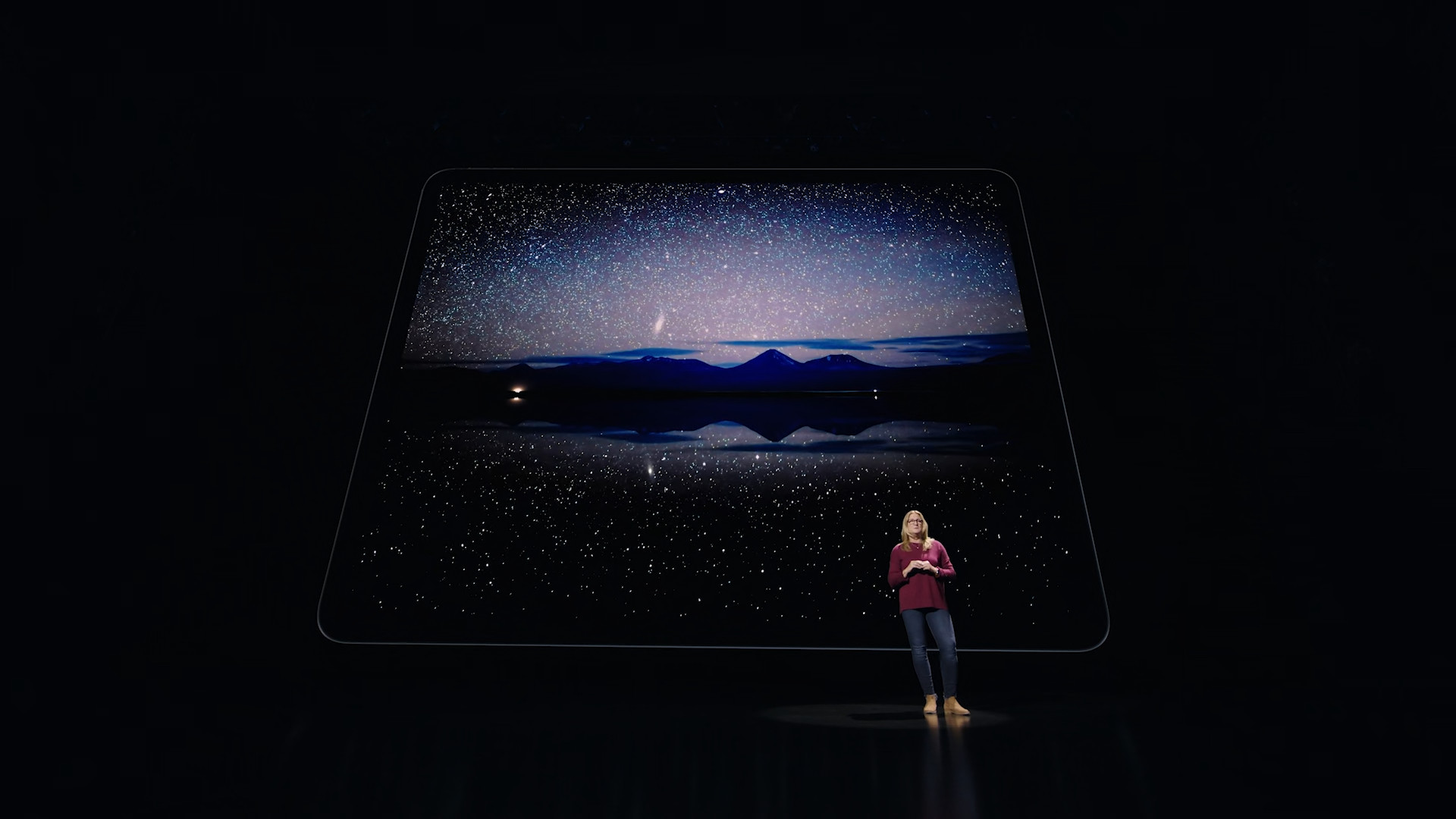

 Flying around the world with Apple
Flying around the world with Apple